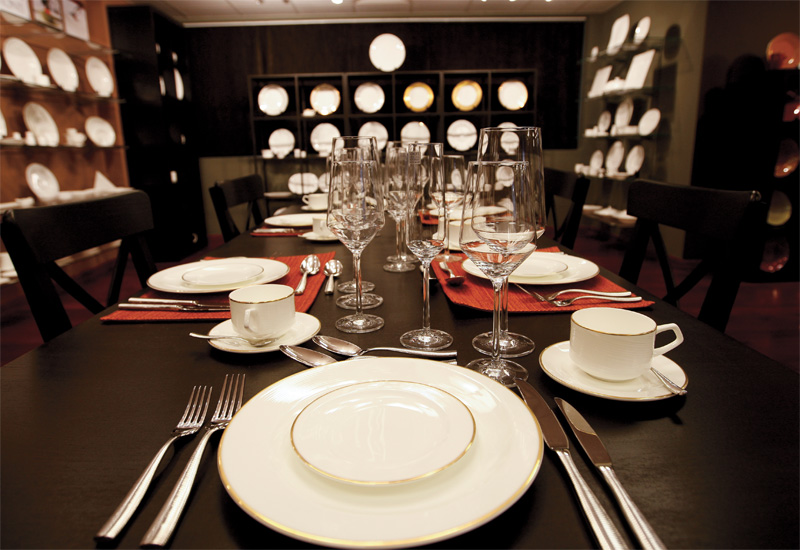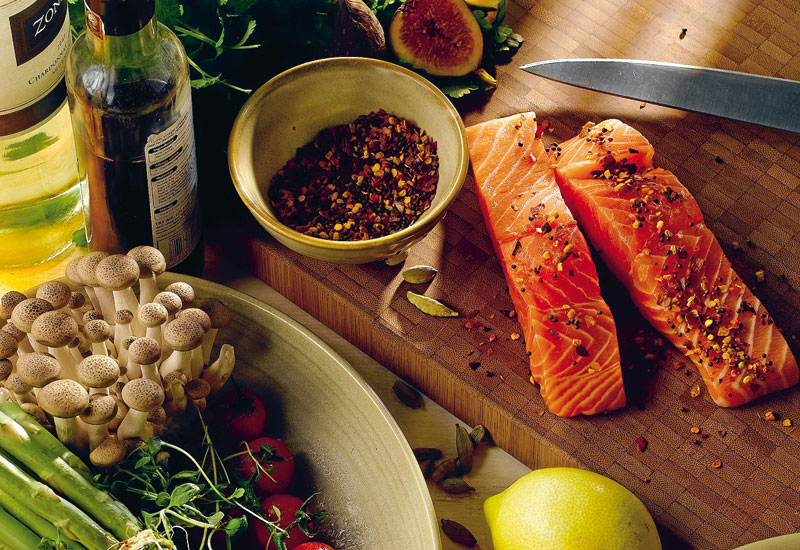 The style and ambience the restaurant hopes to achieve should be considered when selecting tableware.
The style and ambience the restaurant hopes to achieve should be considered when selecting tableware.
Q: WHAT MISTAKES DO RESTAURANTS AND HOTELS MAKE WHEN PURCHASING glassware and TABLEWARE?
Birch: Perhaps starting with glassware, choose a style that suits your establishment’s personality and clientele and then reflect that in your other choices for china, cutlery and linen.
Try not to mix qualities; if you can afford the best and it suits your restaurant, go for it. Where possible, match up the four elements of table design, quality for quality. Try to balance the elements on the table. The height or size of glassware and cutlery should ideally be in proportion to the size of the plates you choose, and to the size of the table.
Hamberger: Some mistakes to avoid are misaligning the tableware with operational requirements.
For example, if we know that room service involves moving the product to a separate tower and going across outside terrain to get there, we’ll make sure that the customer takes the increased durability requirement into account when selecting a product.

| Advertisement |
Another mistake is sacrificing durability for design. There is no reason why you cannot get fabulous design with an appropriate level of durability for your operation. Also watch out for lack of availability. It is a reality that tableware will need to be replaced.
Sometimes we see customers pick products from a competitor that the customer may love, but can’t get it when they need it. Not only does our robust supply chain ensure availability, but we also ask the right questions to make sure we understand our customers’ order cycle.
Salgueiro: The biggest and most common mistake restaurants make is the mismatch of style between tableware and the menu or outlet concept. Tableware is an element of outlet concept and needs to reflect that.
Fuchs: The most common mistake is that very often retail lines are chosen, which provides restrictions in ensuring that a bespoke ambience for the outlet is achieved.
Lamprecht: Professional tableware for restaurants has to be light but yet resistant. Some might think that tableware has to be especially heavy and solid to be resistant for the everyday use in a restaurant, but that is a wrong conclusion.
Article continues on next page ...









 Search our database of more than 2,700 industry companies
Search our database of more than 2,700 industry companies









